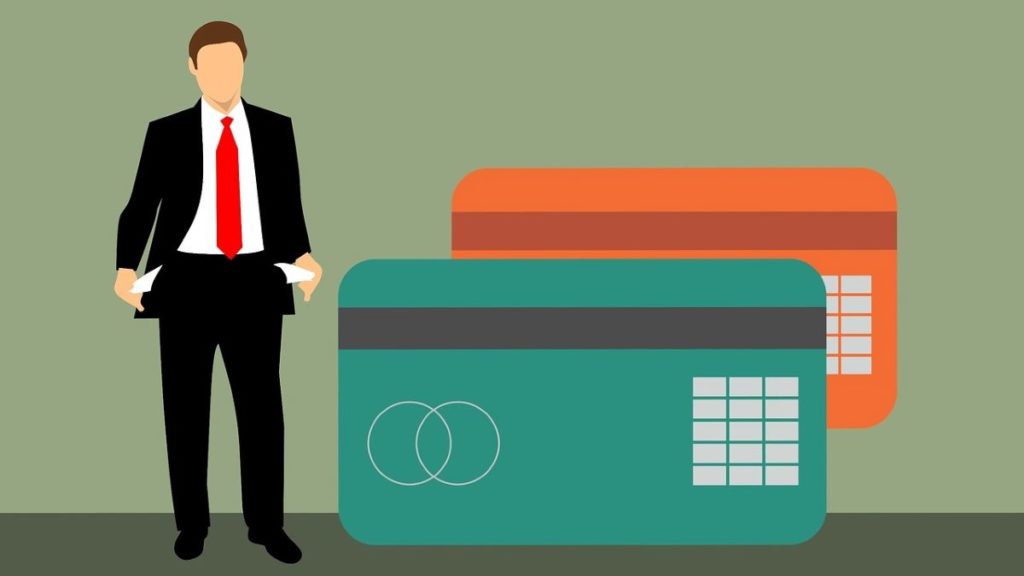Image by mohamed Hassan from Pixabay
Do you feel a twinge of anxiety every time you open your mailbox because you’re expecting yet another round of statements from creditors or collectors? Do you dread phone calls from unknown numbers for the same reason? Have you promised yourself multiple times that “tomorrow” or “this weekend” you’ll sit down and tackle all your business debts?
If any of this sounds like you, rest assured you’re far from alone. Debt disorganization happens to the best of small-business owners, especially during busy periods of rapid business growth.
Here’s how to take control of your business debts—and your personal debts, too—so you can escape that cycle of disorganization.
Create a Comprehensive Budget
Everyone benefits from having a budget. Even if your spending is on track. Even if your business only has a little bit of debt right now. Even if you’re good at mental math. The only way to see your income, expenditures, and debts in the same place is to create a comprehensive budget.
RELATED ARTICLE: HOW TO EARN EXTRA INCOME ONLINE
Luckily, budgeting software today takes a lot of the legwork out of making a budget. For example, there are budget templates and expense tracking apps available to automate some of the process.
Your budget will help you see where your company’s money is going each month and how much you can realistically free up for debt repayment. NerdWallet recommends keeping things simple by aiming to devote 50 percent of your income to needs, 30 percent to wants, and at least 20 percent to debt repayment and savings. Budgeting will help you cut out unnecessary expenses from your “wants” category so you can devote a higher percentage of your income to paying down debt.
Pick a Repayment Strategy
Budgeting will help you understand how much money your business can devote to debt repayment each month. But should you distribute those funds evenly among all your debts? Probably not. Part of staying organized is prioritizing one debt at a time while paying the minimum amount due on all the others. This way, you can systematically knock out your debts one by one.
If you decide to pursue this snowball method, you’ll start with the smallest balance and work your way upward. If you decide to try the avalanche method, you’ll start with whatever balance has the highest interest rate, then work your way downward in order. Snowballing your debts tends to boost motivation. On the other hand, avalanching your debts reduces how much you’ll pay over time.
Consider Consolidating Your Debts
The average American probably has something like two to three credit cards. However, some people have many more. If you’re juggling multiple statements from multiple creditors each month, some of them might slip through the cracks. The last thing you want is to find out a bill you thought you paid two months ago is now late—along with fees and a delinquency notice.
Some consumers with multiple high-interest unsecured debts such as credit cards or medical bills take out a debt consolidation loan from a credit union or bank. Then they use that loan to pay off their other debts in full. This allows them to focus on repaying that debt consolidation loan over the next few years, depending on its terms. Making one payment a month tends to be simpler and less stressful than trying to manage two or three or four or five.
However, as with any debt relief strategy, there are caveats to consider. For example, unless your credit score is solid enough to get a low interest rate on the loan, you may inadvertently pay more over the lifetime of the loan than you would have in credit card interest. You’ll also be responsible for making payments for months or years, until the loan has been paid off in full. If you stop making payments at any point, you’ll find yourself in financial hot water.
Take Control of Your Debts with a Plan
Taking control of your debts starts with getting organized and getting a plan. So free your business up for more growth and expansion by getting organized and making a plan to tackle your business debts today.

